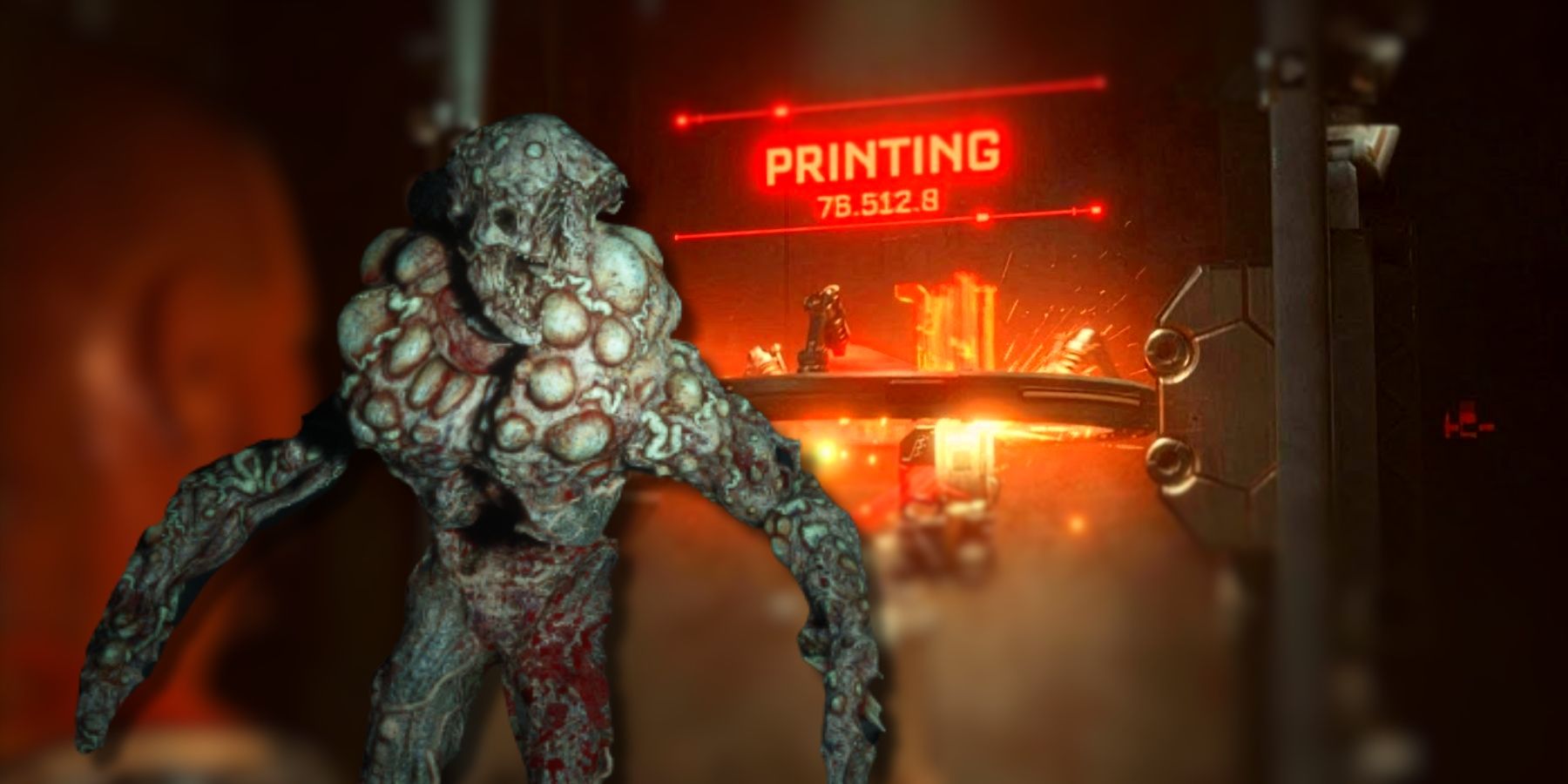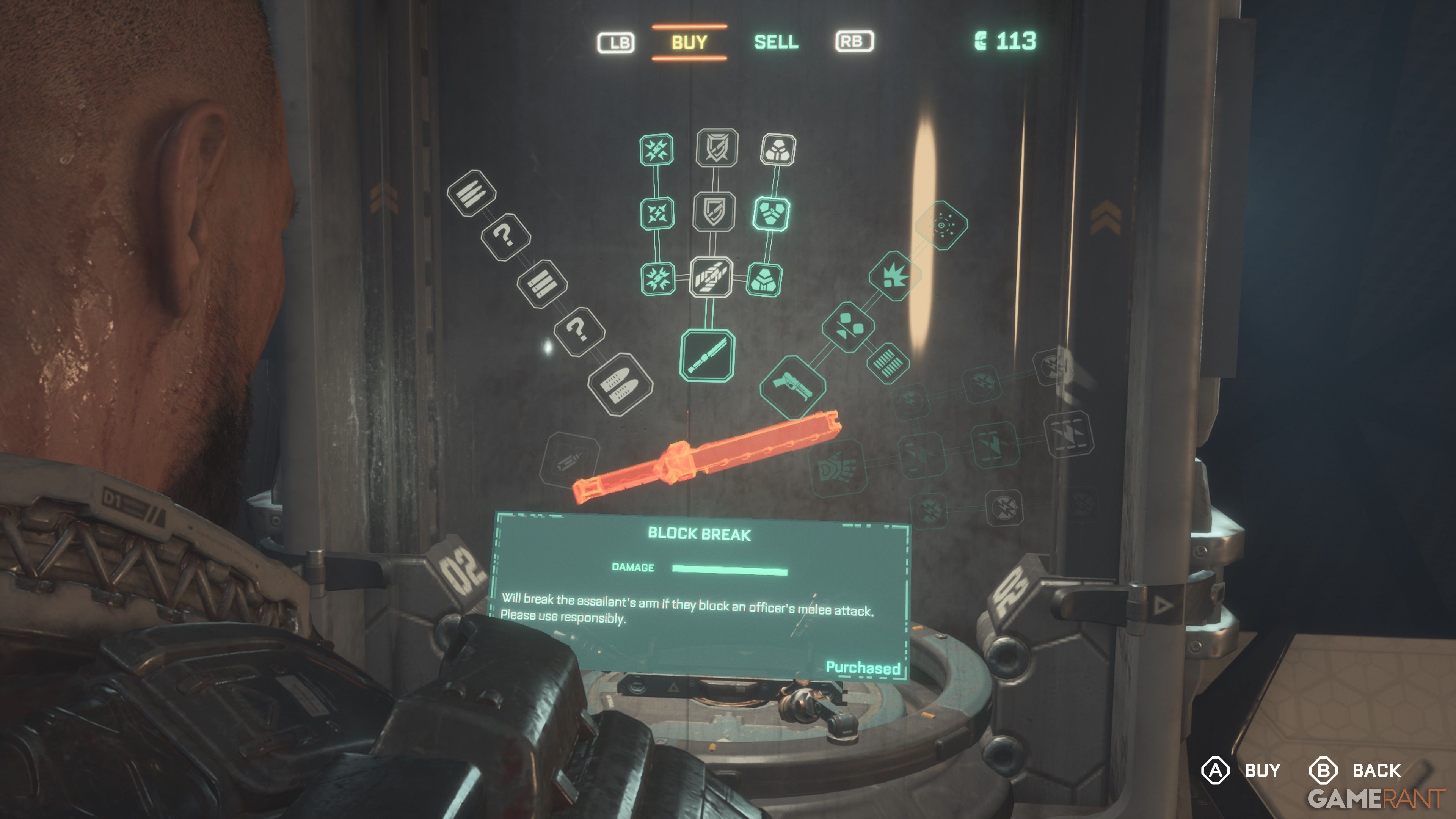The Callisto Protocol has been labeled by many fans as a sort of spiritual successor to Dead Space as a series, which is getting a remake soon enough, but so far there have been no official updates on new games for the franchise ahead of EA Motive Studio's new project. There are many ways in which The Callisto Protocol resembles Dead Space, which doesn't come as a surprise once players learn that this new sci-fi game was made by Glen Schofield and his team at Striking Distance Studios. Because The Callisto Protocol is meant to be a survival horror game at its core, a key component of its intended gameplay loop is rationing resources and scavenging areas or rummaging through dead bodies for items.
This aspect is also used to set the tone for the game, as collecting loot might be one of the most gruesome experiences in modern games here, with players smashing dead bodies and then looking through their remains for anything worth using, including Callisto Credits. Callisto Credits can be used to create or upgrade pieces of equipment, such as a Tactical Pistol or the Skunk Gun, and while they can all be invaluable, The Callisto Protocol players should be wary of crafting too many guns.
Why Crafting The Callisto Protocol's Weapons is a Major Problem
An often crucial component of survival horror games is inventory size, as players can virtually run into more item types than they can hoard in their inventory, which can be a polarizing feature for several reasons. One of the reasons why The Callisto Protocol is not Dead Space is that it leans heavily into allowing players to have as many options for fighting enemies as they please, with the game offering a total of five different guns, a melee weapon, and the GRP gauntlet for some telekinesis.
These are all valid options for different reasons and purposes, and The Callisto Protocol allows players to craft or upgrade each of them several times. While this can seem like a good idea on paper, as it could lead to more weapon variety to face hordes of biophage-infected enemies, there is a major downside to forging all of The Callisto Protocol weapons, and that's inventory clutter. As many fans and players of the survival horror genre know, as well as survival games as a whole, inventory space is a great resource that can come in handy both for collecting new items and for gathering more resources.
While in The Callisto Protocol weapons don't take up precious inventory slots in and of themselves, all of them, except for the stun baton, come with some sort of ammo that players need to use those weapons, in the first place. Ammo tends to rapidly and easily clutter the inventory, as the bullets only stack up to a rather low number, meaning that something like 20 hand cannon bullets will take two slots. This is problematic because it can quickly snowball into players not being able to gather enough bullets for all of their weapons as well as valuable items, which are instead supposed to be sold to then upgrade those weapons.
Forging weapons like the Tactical Pistol or the Skunk Gun in The Callisto Protocol may seem like a good idea, but it will limit how many upgrades players are actually able to unlock before the end of the game, and that's a major downside to it. Upgrading a few weapons to their maximum rank is much more valuable than having all of the weapons unlocked both for inventory economy and actual gameplay. Overall, while forging guns is a fun and interesting side of the game, it does punish players accordingly, which while frustrating, also makes the whole concept of survival horror more palpable.
The Callisto Protocol is out now for PC, PS4, PS5, Xbox One, Xbox Series X, and Xbox Series S.


